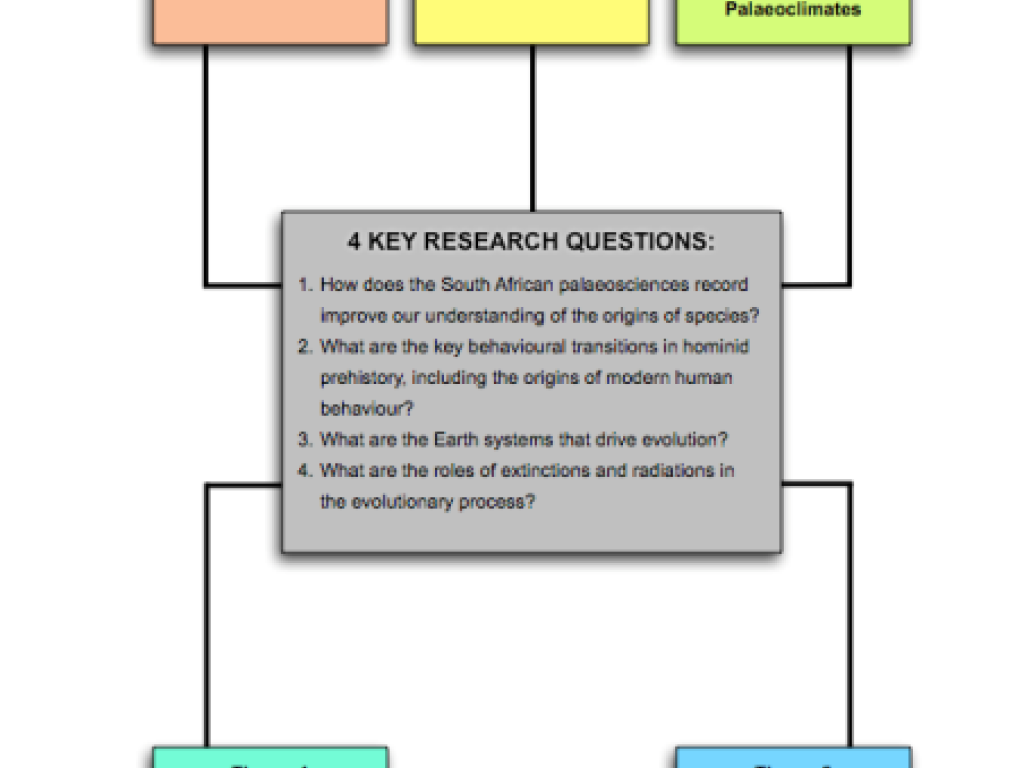Palaeosciences Centre of Excellence opens at Wits

In August 2002, former South African president Thabo Mbeki launched the National Research and Development Strategy, which identified the need for “centres and networks of excellence” in science and technology.
Such centres of excellence, it was proposed, will stimulate research in science and technology and grow the national knowledge economy.
The strategy also prioritised groundbreaking research areas that could contribute to cutting-edge global knowledge.
Today, the University of the Witwatersrand (Wits) in Johannesburg hosts six Centres of Excellence; the latest addition is the Palaeosciences Centre of Excellence, which was launched on the evening of 11 April 2013.
As South Africa’s foremost research complex in the field of palaeosciences, Wits is best placed to host the new Centre of Excellence.
Alongside the Centres of Excellence for Biomedical Tuberculosis Research, Strong Materials, Aerospace, Drug Delivery and Antiviral Gene Therapy, the Palaeosciences Centre of Excellence will research questions relating to South Africa’s heritage – from a palaeoscientific point of view.
Palaeontology as a national priority
The South African Department of Science and Technology’s Ten-Year Innovation Plan (published in 2008) identifies palaeontology as being one of South Africa’s key science missions, in which it is possible to “exploit South Africa’s ‘living laboratories’ of local resources and geographic advantage”.
There are key partnerships with other institutions in South Africa, including the Iziko Museum in Cape Town, the National Museum in Bloemfontein, the Albany Museum and Ditsong Museum, all of which contribute to the growing body of research that explores the evolution of humankind.
With Prof Bruce Rubidge at the helm (former head of the Institute for Human Evolution), the Centre of Excellence incorporates the Evolutionary Sciences Institute, which is made up of the Institute for Human Evolution and the Bernard Price Institute, creating one cohesive research body that will delve into South Africa’s rich palaeontological, palaeoanthropological and archaeological heritage.
According to Wits, the Palaeosciences Centre of Excellence will explore four key themes in researching human heritage:
- How does the South African palaeosciences record improve our understanding of the origins of the species?
- What are the key behavioural transitions in hominid prehistory?
- What are the Earth systems that drive evolution?
- What are the roles of extinctions and radiations in the evolutionary process?
“The launch of the Palaeosciences Centre of Excellence at Wits highlights the importance of palaeoscientific research in South Africa, and also recognises the prominence such research continues to make globally,” says Lindsay Marshall, Maropeng’s marketing and communications manager.
“Centres such as this drive research into the palaeosciences and enhance Maropeng’s public offering, the place where new findings and research are showcased to the public, and where young minds are inspired to perhaps start a career in the palaeosciences,” she adds.
“We acknowledge the importance of national relationships in growing the palaeosciences knowledge economy and we’re excited to see what new research the centre will unveil.”
To find out more about the Centre of Excellence, click here.